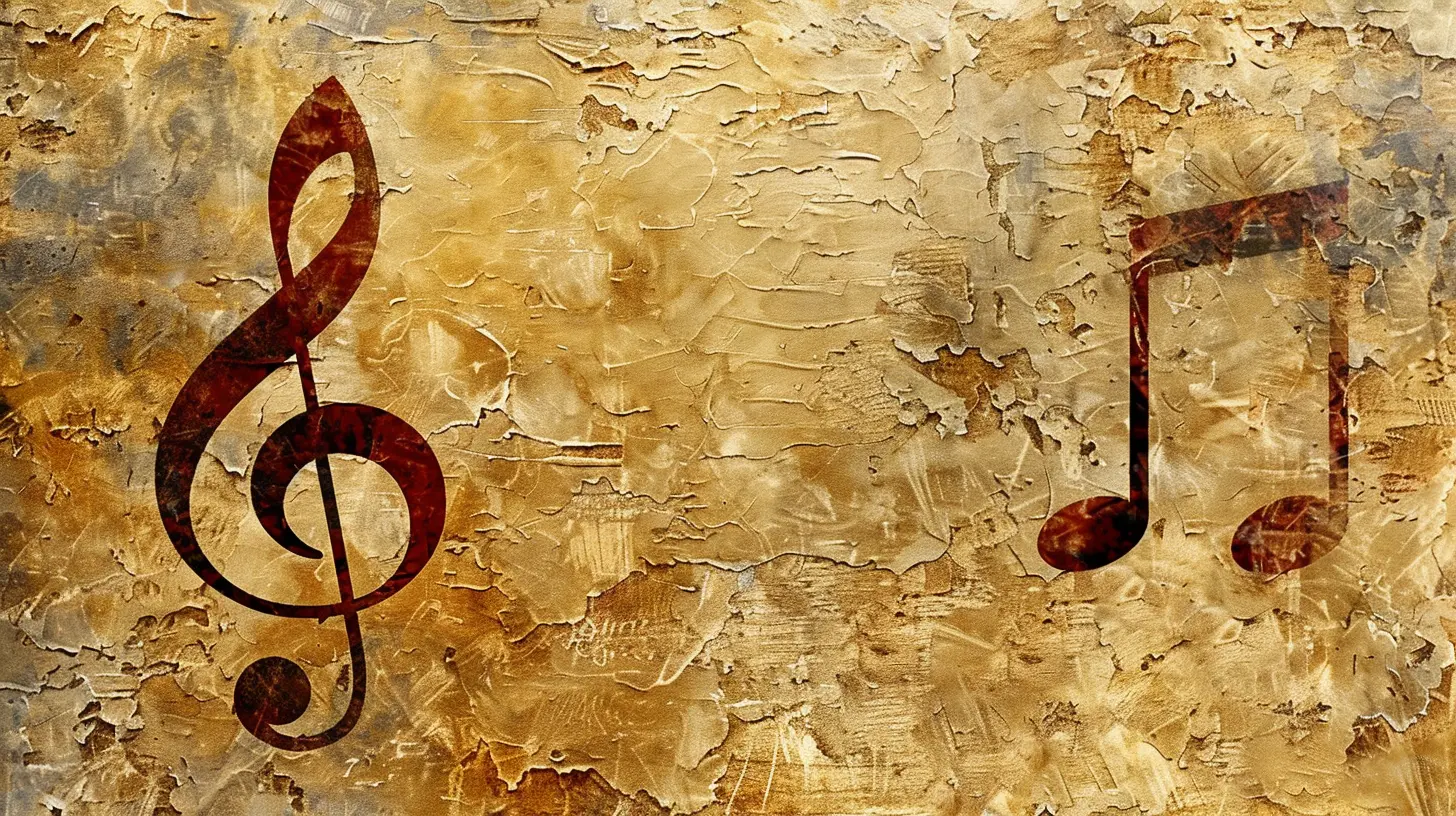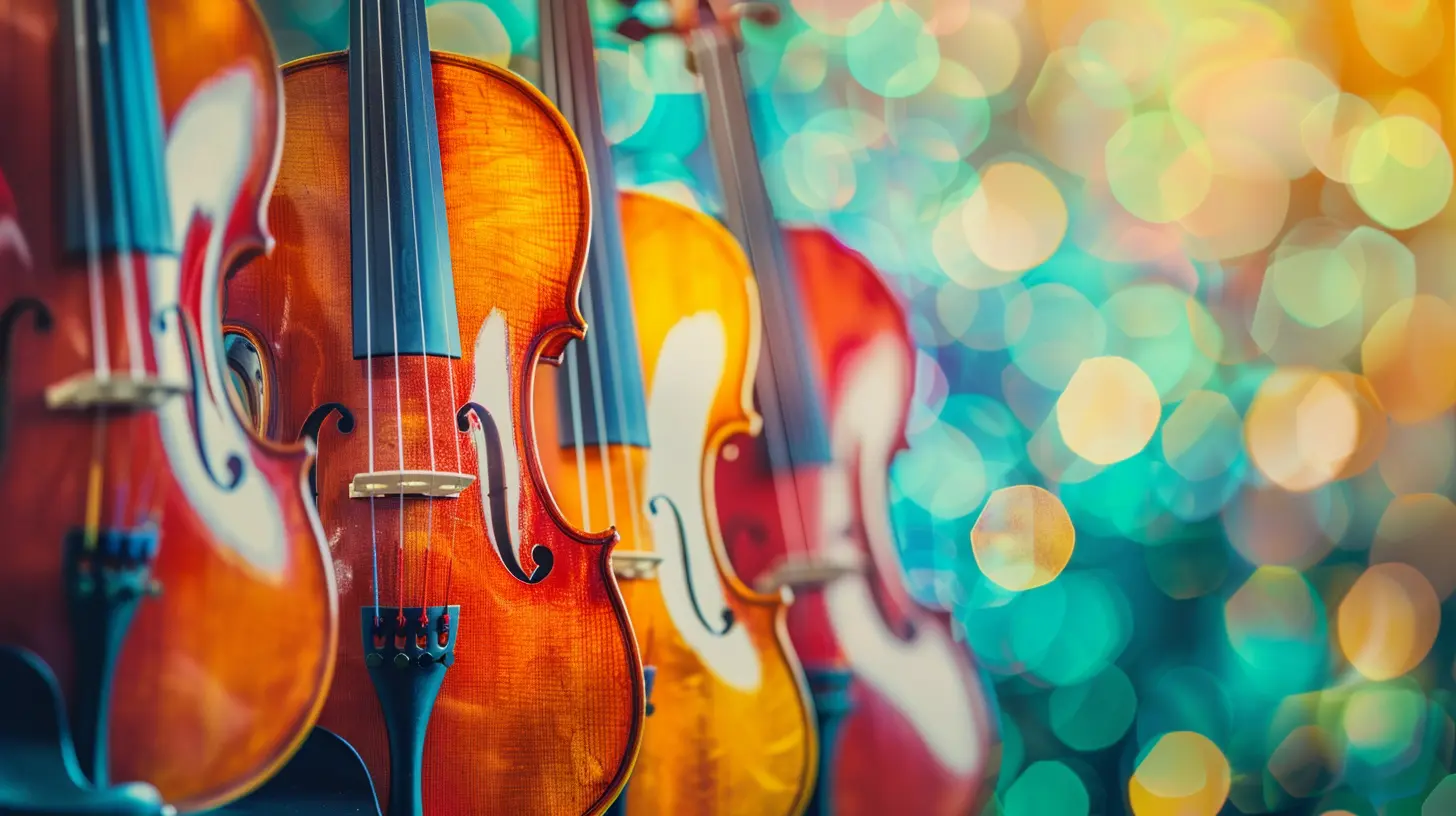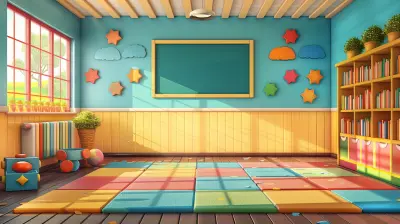20 November 2025
Let’s face it—history class can sometimes feel like flipping through a dusty old photo album. Dates, names, wars, rulers, more dates... yawn. But what if we said there’s a way to breathe life into those pages? What if we could crank up the volume, drop the beat, and use music to feel history instead of just memorize it?
Using music to teach history and culture isn’t just a fun idea—it’s a powerful educational tool. It’s like turning your classroom into a time machine that moves through centuries, stopping along the way to hear the voices of the past. So, let’s dive into how music can completely change the way we teach—and experience—history and culture.

Why Music Works So Well in Education
Think about the songs you knew as a kid—you probably still remember the words, right? That’s because our brains are wired to remember music. There’s rhythm, repetition, emotion—all the things that make information stick.Engaging Multiple Senses
When students are just reading or listening to a lecture, only one or two senses are involved. But music? It hits on audio and emotion, and when paired with visuals or activities, it becomes a sensory experience. It’s like giving the brain a high-five from every direction.Emotional Connection
Music is emotional. It can make you smile, cry, reflect, or dance. When students connect emotionally with content, it resonates—and stays with them. A freedom song from the Civil Rights Movement doesn’t just tell a story, it makes you feel the struggle.Storytelling Through Song
Every culture has used songs to pass down stories, laws, and traditions. Songs are like historical documents wrapped in melody. Teaching through music helps students see history as a living, breathing story—not just a list of events.
How to Use Music to Teach History
Alright, let’s get practical. How do we actually use music in the classroom to teach history? Here are some tried-and-true methods educators have used to turn tunes into lessons.1. Use Songs as Primary Sources
Songs are time capsules. They reflect the language, values, struggles, and politics of their era. Analyze lyrics like you would a historical document. Encourage students to ask:- Who wrote this?
- What’s the context?
- What message are they sending?
For example, Billie Holiday’s “Strange Fruit” isn’t just a song—it’s a haunting protest against racism and lynching in America.
2. Create Historical Playlists
Build playlists for different eras or movements. A 1960s Civil Rights playlist might include Sam Cooke’s “A Change Is Gonna Come” and Bob Dylan’s “Blowin’ in the Wind.” Let students listen and discuss how each song captures the vibe of the time.And here’s the kicker—students could curate their own playlists for historical topics. It’s a fun, creative way for them to dig deep and justify their song choices.
3. Connect Lyrics to Events
Have students match lyrics to specific events or movements. For example, connect “We Shall Overcome” to the Civil Rights marches or “Fortunate Son” to the Vietnam War protests. Ask: what’s the relationship between the lyrics and the historical moment?It’s almost like decoding a puzzle—the lyrics become clues to understanding what people were thinking and feeling.
4. Compare Modern and Historical Songs
Today’s music talks about social justice, identity, and resistance too. Why not compare Kendrick Lamar’s “Alright” or Childish Gambino’s “This is America” to older protest music? What’s evolved? What’s stayed the same?This comparison opens up conversations about recurring themes in history and how culture reflects society’s heartbeat.
5. Encourage Creative Projects
Let students write their own songs or poems about historical events. Have them pick a moment in history, research deep, and tell the story through music. You might be surprised by how powerful student-created content can be.Not every student loves textbooks, but many love music. This gives them another entry point to show what they’ve learned.

Using Music to Teach Culture
Culture isn’t just about food, fashion, or holidays—it’s about values, beliefs, traditions, and expression. And music is arguably one of the richest expressions of culture.1. Explore World Music Traditions
Take students on a musical tour around the globe. Listen to Gamelan from Indonesia, Afrobeat from Nigeria, Reggae from Jamaica, or Flamenco from Spain. Talk about what makes each style unique—rhythm, instruments, lyrics—and how it reflects the culture.Ask questions like:
- What social or spiritual role does this music play?
- How is it passed down?
- What values or stories does it share?
You’d be surprised how much you can learn about a culture just by listening.
2. Study Music Across Generations
Music evolves just like culture does. Have students explore how a country’s or group’s musical styles have shifted over time. For example, compare traditional Celtic folk songs with modern Irish rock bands—what stayed? What changed?This helps students see culture as dynamic, not static.
3. Tie Music to Language Learning
Music is a great way to learn new languages and understand cultural expressions. Singing along helps with pronunciation, rhythm, and vocabulary—plus, it’s way more fun than memorizing word lists.Also, lyrics offer insights into idioms, jokes, and poetic expression. It brings language learning to life.
4. Discuss Music and Identity
Music is deeply personal. It’s tied to who we are, where we come from, and what we believe. Let students explore how their own musical tastes reflect their identity or culture. Encourage them to share music from their background and explain what it means to them.This builds empathy and appreciation for diversity in the classroom.

Real-World Examples and Case Studies
Let’s look at a few real-life applications that show just how effective music can be in teaching history and culture.Case Study 1: Hip-Hop as Modern Storytelling
In many urban classrooms, educators have used hip-hop to connect students with history and civics. Rap lyrics can address poverty, racism, and political issues with raw honesty. Songs like Public Enemy’s “Fight the Power” or Lauryn Hill’s “Everything is Everything” bridge the gap between personal experience and historical context.Students suddenly see that history isn’t just something that happened—it’s still happening.
Case Study 2: Teaching the Holocaust Through Music
Teachers have used songs written by Holocaust victims or survivors to teach about the atrocities in WWII. Songs like “Zog nit keyn mol” (a Yiddish resistance song) provide firsthand insight into how people resisted through art, even in the darkest times.It’s one thing to read about suffering—it’s another to hear it sung.
Case Study 3: Folk Music and the American Frontier
Using American folk music like “Oh Susanna” or “Home on the Range” helps students understand the mindset of early settlers and pioneers. The lyrics reveal hopes, fears, and everyday life during westward expansion.It paints a much more vivid picture than a paragraph in a textbook.
Tips for Teachers: Making Music Work in the Classroom
Not a music expert? No worries. You don’t need to be Beyoncé to use music effectively in your teaching. Here are some practical tips:Start Small and Build Confidence
Begin with one song tied to one event. Play the tune, read the lyrics together, and ask discussion questions. Once you see how student engagement grows, you’ll feel more comfortable expanding.Encourage Respectful Listening
Some songs might include strong language or controversial themes. Set the tone for respectful listening and discussion. Context is everything—help students understand the background and intent behind the music.Let Students Take the Lead
Give students the opportunity to pick songs, create presentations, or even perform. Their involvement increases commitment, creativity, and curiosity.Use Multimedia Tools
YouTube, Spotify, Genius.com for annotated lyrics—there are tons of free resources. You can also find documentaries and interviews with artists that deepen the learning experience.Challenges and How to Overcome Them
Like anything in teaching, there can be obstacles. Maybe you’re worried about song content, parent reactions, or time constraints.Here’s the deal—communication is key. Always preview content for appropriateness, explain your educational goals to parents/admin, and align your song choices with learning standards.
Also, use music as a supplement—not a replacement—to traditional teaching methods. It’s a tool to enhance understanding, not to fill time.
Final Thoughts
Music moves us. It inspires revolutions, heals heartbreaks, and brings people together. When we use music to teach history and culture, we’re not just filling students’ heads with facts—we’re filling their hearts with empathy, curiosity, and understanding.So next time you prep for a history lesson, don’t just dust off the old notes. Load up a playlist, hit play, and watch your students lean in, perk up, and listen not just with their ears—but with their whole being.




Amber Torres
History rocks! Tune in for a fun learning jam!
November 20, 2025 at 4:52 AM